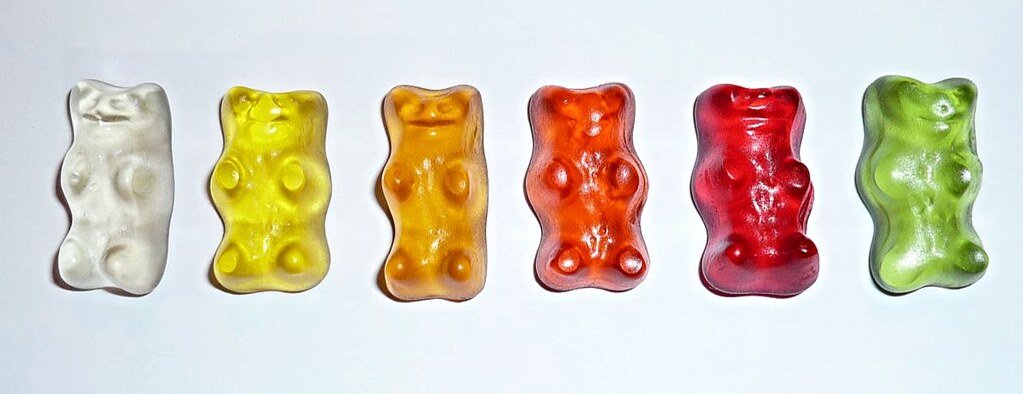Establishing a Collective Trend Process

For the last three years, I led our trend research in Europe. Many might see trend analysis as either acting like a fashion oracle or collecting pretty images. Well, it is some of that. The process I established transformed a trend analyst into an editor. By gathering content across three functions, our in-house trend analysis focused on making sense of apparel, footwear and consumers from multiple perspectives.
Trend forecasting is in a strange place these days. In a fashion world where we are all jaded by lookalikes, fast-fashion and all-access, you can’t keep up with everything. Trends can come from anywhere, if a group gets behind an idea to drive it forward. However, by recognising what is resonating with a consumer group now and possibly in the future, you can identify easy opportunities for product concepts while inspiring new ideas.
I liken trend analysis to predicting the weather by clouds and wind observations. When you learn about the latter in something like sailing, distinct patterns and categorisations arise. If a cirrus clouds is visible on your watch, for example, you know high pressure centers, thunderstorm cells or storm centers are approaching. Same with trends. Where you see something interesting going on from certain individuals, publications or resources, you know other people are also noticing it.
Deciphering this collective vision is exactly why our team goes to a group process over a one-man operation. Each of us has varying backgrounds, perceptions and preferences. As much as we want to separate our personal tastes from professional work, it still surfaces. By applying a group collection process, we can discuss and edit to a better overview of trends now, as well as forecast for what could come. We bypass getting caught in one’s opinions or judgements by going more Wikipedia than encyclopedia.
It’s easy to set up, but requires constant follow up. Each of our team members across design, development and project management contributes to shared online platforms. One is a blog and the other is an Instagram feed. Here is where our discussions and trend collection starts. In this process, one person heads the effort, acting more like an editor or project manager. They set up the platforms, run meetings and review the information. Once it gets rolling, posting to a collective site or feed becomes second nature for everyone and our trend content grows larger and larger every day.
Doing trend analysis is not necessarily that difficult. We all make observation about the world around us and comment on how things look different. The challenge is more how to make sense of it for other people. The way I communicate trends to one function is different to how I might communicate the same idea to another. As an editor, it’s about collecting that information and sculpting it into something understandable for an audience. It all starts, however, with the information we gathered together. As a leader of such a process I stress the work is collective, even though I might be messenger.
There is a larger benefit to a shared trend process. Posting what you find interesting for the greater team is also a way to make others mindful of your vision. We can openly share ideas in a safe space. There is no being wrong. Many times, we adapt an image from our blog or Instagram feed as a start to a new project. Whether it’s colour inspiration from an apartment or graphic on a purse, anything can jumpstart a concept. If that jumpstart is seen and discussed by the entire team, everyone feels more included and invested in the project.
Getting ideas to the market is much more difficult than the best man wins. It involves a team and collective conviction. Our shared trend process invigorates team members with the genuine sense that they are contributing to a vision. By taking advantage of your talent to assess what is going on, you’ll be able to forecast trends while unifying a team around new projects. Trend analysis is not about being the best or right, it’s about editing out unnecessary information to find the next path.